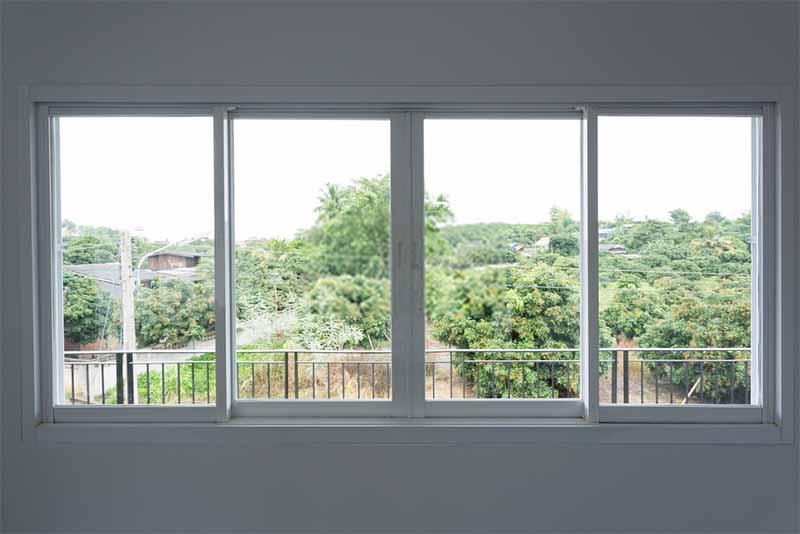

- #Flexiglass window not resizing how to
- #Flexiglass window not resizing manual
- #Flexiglass window not resizing software
- #Flexiglass window not resizing code
- #Flexiglass window not resizing mac
You have different EER and SEER ratings, power, amperage, voltage, and so on. I also just like being able to see everything on my screen at the same time.There are several metrics you should consider before buying an air conditioner. The complexity of making that work with a floating window manager is just too much compared to how easy it is for a tiling window manager. And sometimes I've also got a Hulu or Netflix window open taking 20% of the width and 50% of the height.
#Flexiglass window not resizing code
Make the editor take up most of the screen, make some changes loosely referencing things in the browser window, make the browser window take up most of the screen and see effects loosely referencing the code in the editor.

One of them takes up about 80% of the screen and the other takes up about 20% of the screen, but I switch which is which pretty often. I want to be able to make a window temporarily bigger, but keeping the other windows on the screen and sized appropriately and I want to be able to easily switch which window is the "primary window." When I'm doing web development without external screens I find it very help to have an editor and a browser window open at the same time. I also found that with floating window managers were just too limited for things I wanted to do on a daily basis. I used floating window managers for a long time and found that I spent a lot of my time arranging windows in the same patterns.
#Flexiglass window not resizing software
I'm really lazy and want software to deal with my windows for me. Well, Amethyst can float windows so I wouldn't call it a tiling-only WM, but there's a lot of reasons I prefer it over floating window managers.
#Flexiglass window not resizing manual
I prefer tiling window management, I have coworkers who prefer manual window management. Or you end up doing a lot of runtime massaging to get things working the way you want. Defining those algorithms can be complicated if you're not doing something really straightforward, and if you're not doing something straightforward it can sometimes be non-trivial to grok what's actually going on.

You have to trade simplicity to get control, though. You don't take actions to lay windows out, you just define algorithms for how they should be laid out and let the software sort them out. So things like "I want all of my windows to be laid out in this orientation, but I don't want to move them myself", "I want all of my windows to be visible at any given time", etc. Tiling window management gives you a more hands off approach. Divvy, for example, puts that complexity at runtime. Slate, for example, puts that complexity upfront in writing a config file.
#Flexiglass window not resizing how to
What if I want to be able to move window to the upper right hand quarter of the screen? Or what if I want my screen divided into a grid of 3x4 and I want a window in the position? You can accomplish all of those things, but you have to specify how to go about it, thus adding complexity. You have to trade simplicity to get flexibility, though. So it works well in the case of "I want to be able to move this window to the upper half of the screen", "I want to be able to make this window take up the entire screen", etc. Manual window management generally gives you better control and generally less overhead in terms of complexity. Spectacle is manual window management and Amethyst is tiling window management.
#Flexiglass window not resizing mac
"The fundamental problem with sloppy focus on the Mac is that the menu bar is always associated with the currently focused application if you had sloppy focus, accessing the menu bar for a specific application would be supremely difficult."Ī feature matrix isn't a bad idea (and I opened an issue to track ), but it's kind of hard to compare as they are such different pieces of software. "Sadly, it seems that for the time being there is no good way to do this in OS X." And how should they consider the desktop, which is, finally, just a 'root' window managed by the Finder." With sloppy focus mode enabled, with an application below, you would'nt be able to reach them. For exemple, you use an application like photoshop or word, you'll have different panels floating around the main window. Why ? Because a single application interface is split into lots of different elements. "Mac OS X interface and ergonomy is (as said by apple) not 'compatible' with the focus-follow mouse mode. I've seen this "limitation" mentioned in various online forums, such as the following.


 0 kommentar(er)
0 kommentar(er)
